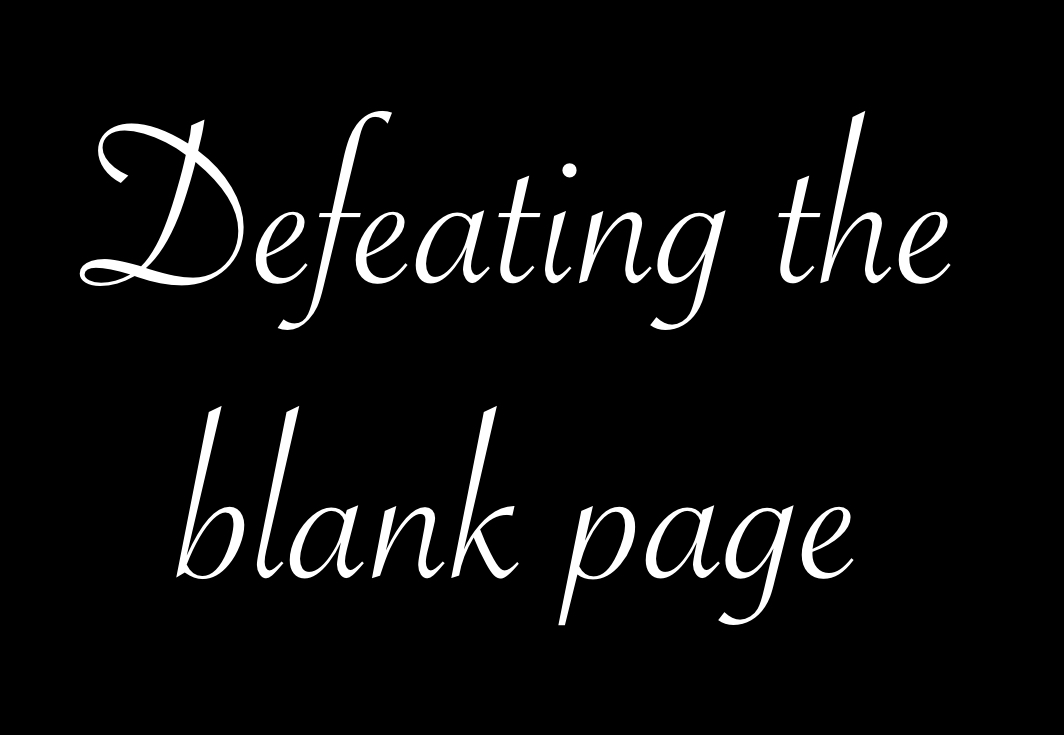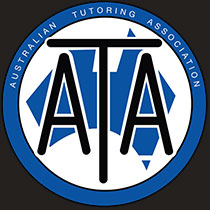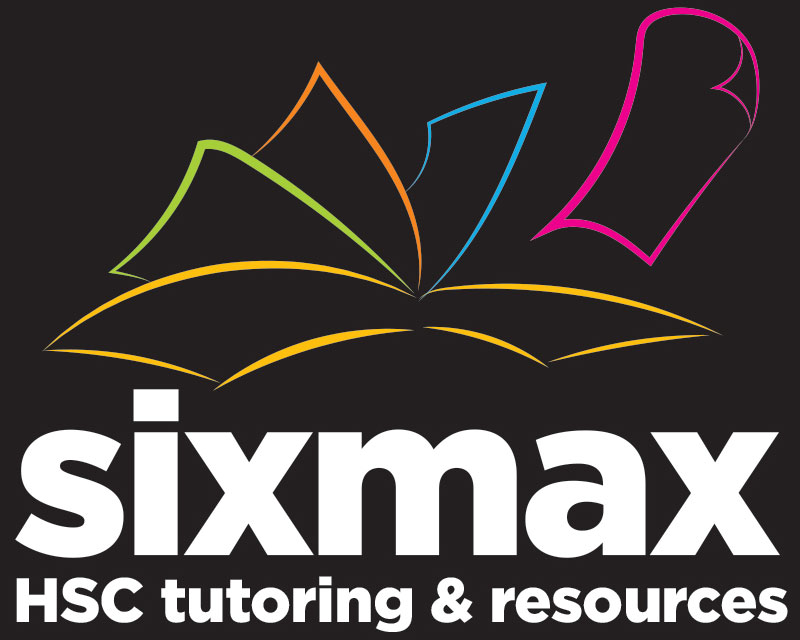Blog Posts
Copyright C.Lindsay 2020.
Writing is just the act of making your imagination real for yourself and others. There are rules to it; just as you need to walk before you could run you need to learn some narrative structure before you can express the exhilaration of those first steps, or the pain of falling over. The great fear of most writers is ‘what if nobody likes it?’, but that’s publishing, which is just an annex to the experience of writing. The more challenging question is ‘what if I don’t like it?’. The great concern that seems to paralyze most writers is the need to be ‘original’, but I think that’s the wrong goal. Almost nothing is original anymore. Romantic comedies have been around for centuries but love itself has not changed, so the love stories we watch on Netflix are essentially ancient plots in up-to-date fashion. Originality is achieved in how the story is told. The way to satisfy both audiences, ‘you’ and ‘them’, is to be authentic, to have an individual voice that comes across as real. This is tremendously difficult to do, but when you have achieved this you will find there is no other voice out there exactly like yours, so the world will see it as ‘original’. I’m still on this journey, and I don’t expect it to end. Indeed, I hope it never does.
That's why I've called this blog "Footprints In Ink", because all the writers that have gone before have left a path for us to follow, and by branching off these paths we forge paths of our own...often with the wonderful experience of not knowing where we will end up.
The initial purpose of this blog is to assist my Highschool tutoring students with the creative writing element of their assessments, so the first few posts will be about the basics of writing. From then on I intend to showcase some of my own writing as a way of exploring how I work through the evolving creative process, and I welcome contributions from others as part of a general discussion of what makes good literature. For efficiency I’ll be focusing mostly on very short pieces that I’ve written for myself and for my students as examples of particular elements of the writing process, but I’ll also draw on elements of my (soon to be) published novels and novellas. I'd like your feedback so I invite you to use the message function. I'll get back to you as soon as I can.
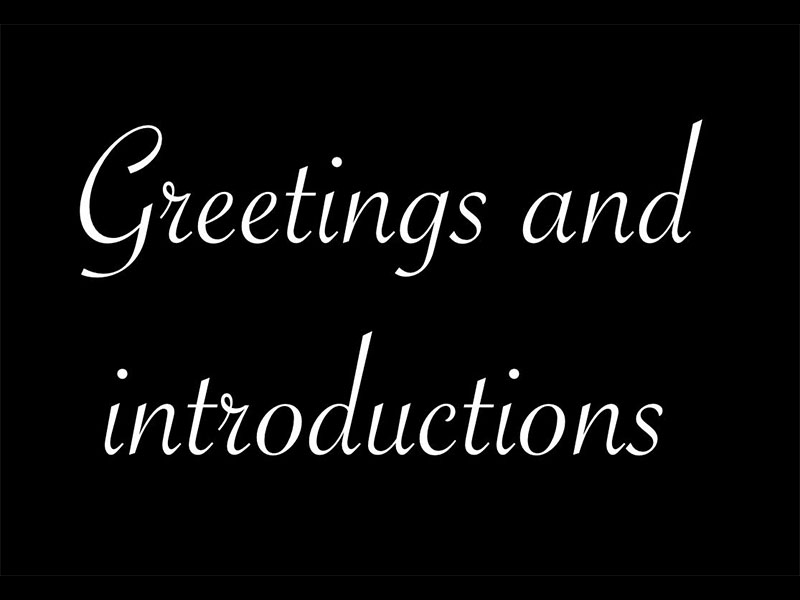
Copyright C.J.Lindsay 2020
The first and most important thing is not just to read and watch but to read and watch critically. You need to notice how texts are put together according to the conventions of different genres, basically you just need to pay attention to what the composer is doing, how it is being done, and most importantly, why it is being done. To do this you first need to recognise that every text you encounter, be it a song, poem, movie, book, advertisement or anything else, is manipulating you. If you have ever laughed in a movie it is because the director made you laugh. If you have ever cried in a movie it is because the director made you cry. Being aware of this will help you recognise the methods composers use to achieve this, and then you will understand how you can do the same thing to have an impact on your audience.
These are the elements that make up good writing, and I plan to refer back to this list in more detail in subsequent posts.
- SHOW, don’t tell.
What’s the difference?
- a) The knight was brave.
- b) The dragon swooped down, spewing forth fiery death, but the knight stood his ground.
The second sentence, through description, doesn’t just tell the reader that the knight is brave, his bravery is demonstrated (SHOWN) in the description. Using the five senses of sight, hearing, smell, taste and touch is a good basic way of getting your descriptions going. I find that writing in third person gives more freedom to do this.
- Describe your character when he/she is doing something
For example: 'She got his attention with a single flick of her bright blue eyes.'
- Make your dialogue natural
Dialogue is not for exposition (telling the story) it has to carry meaning. Make sure your characters react to each other and reveal something about themselves through what they say.
- Don’t tell a whole life story
You don’t have time, just focus on a MOMENT and its MEANING for the character.
- Avoid telling a linear story
Start with the end, flashback to the beginning and then fill in the blanks to get back to where you started.
- Aim to deal with more than one ASPECT (mental/intellectual/emotional/moral) of your abstract noun.
You want to make your story about something meaningful, not just a string of events. Even a story as simple as the Three Little Pigs is about IDEAS such as laziness, community and cooperation - All of these are abstract nouns. Try to make your exploration of the idea as complex as possible.
- Art is life with the boring bits taken out, so take them out
Have you noticed that superheroes never have to go to the toilet? That’s because the boring bits are taken out of the stories. So…
- Never get woken up by your alarm clock
- Never eat breakfast/lunch/dinner
The only exception to this is that these things are vital to the story. For example you might include a meal in your story if it helps you to show that your characters are poor/rich.
- Get literary
You need to include techniques such as similes, metaphors, imagery, alliteration, assonance etc.
- Appropriate! Referencing other texts shows a breadth of knowledge of English literature.
- Put your characters where they would least like to be
Happy people don't take risks, but people who are unhappy or desperate will take risks (physical or emotional) and this puts them in danger. unhappy people in danger is the definition of drama, but it also helps with characterisation.
- Characterisation
Make sure your character GROWS through the experience of the emotional/physical danger. This basically means the character has changed his/her attitudes to the themselves and the world around them.
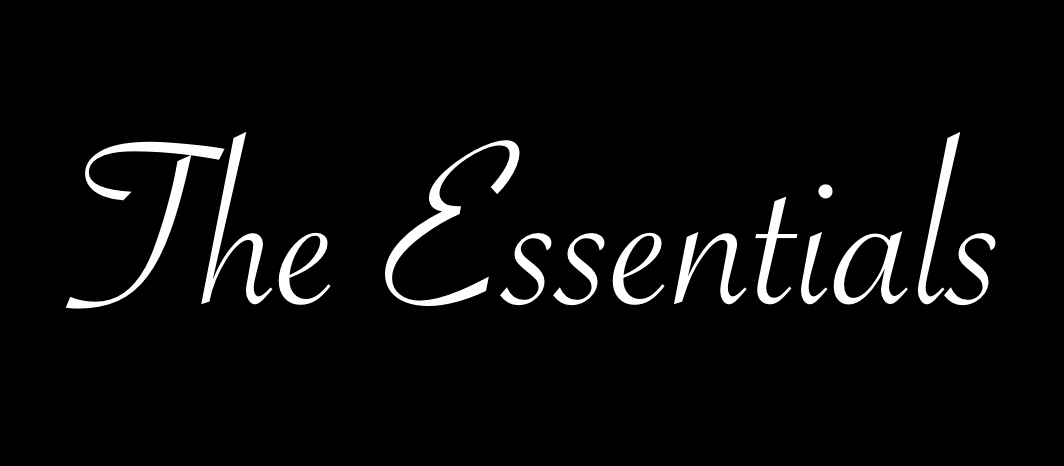
Copyright C.J. Lindsay 2020
The basics of all writing is of course vocabulary choices combined with sentence structure. Below I'll explore all the elements and look at how they can be used in creating pieces that are engaging to audiences and
Romance or horror, you decide
If you read through this paying attention to the red words you'll be reading a romance story.
If you read through this paying attention to the red words you'll be reading a horror story.
The knock on the door made her happy / afraid. She giggled / screamed when she opened the door and she saw the flowers / knife in his hand. “I just need my bag”/ “Oh my God, NO!” she said / screamed. She walked / ran up the stairs and into the bathroom, giggling to herself / screaming for help while he followed / chased her, but she closed / slammed the door. ‘I’m not ready yet!” / “NO!” she said / yelled. He knocked / tapped on the door and said / whispered, “Come on, we’re going to be late” / “I know you’re in there”. He pushed / kicked open the door. She picked up/grabbed her perfume and sprayed it on her neck / in his eye. “Ok, ready, let’s go” / “Get out!” she said / screamed. She walked / rushed through the doorway taking his hand / pushing him away. He put his arm around her waist / grabbed her around the waist. They walked / tumbled down the stairs together…
Note that it is exactly the same basic situation, a girl opening the door to a boy.
- Vocabulary: The point here is that the words you choose define both the action and the feeling (tone/mood) of the moment you are describing.
- Planning: Deciding which genre you're going to tell before you start writing will help with these choices because it will narrow down your choices. If you're going to write a horror story the words 'happy' and 'flowers' will not be needed. Likewise, if you're writing a romance story a door is not going to be 'kicked open'. Choosing your genre can be more about eliminating the words in the English language that you'll not be needing for your piece.
Sentence types
I’m going to use the horror part of the story above to break it down into the various sentence types.
1. Simple sentences:
The first sentence in the paragraph is a simple sentence. It has one action (verb)
“The knock on the door made her afraid.”
Simple sentences are like fast cuts in an action movie. Using simple sentences one after another can increase the pace and tension in your story.
2. The second sentence in the paragraph is a compound sentence.
This is two sentences (A and B) joined together by a conjunction (and).
Conjunction
She screamed when she opened the door and she saw the knife in his hand.
A B
Compound sentences are good for getting details across to the reader quickly because you’re basically getting two sentences in as quickly as one. This can help your writing flow a lot easier.
3. The third sentence in the paragraphs is a complex compound sentence.
The simplest way to think about this is that there are two sentences (A and B) and an extra bit of information (C).
She ran up the stairs and into the bathroom, screaming for help while he chased her,
A C
but she slammed the door.
B
Notice that ‘C’ is not a whole sentence by itself it just adds information to the sentence. This is called a clause. Complex compound sentences can be used for action but they are best used for detailed descriptions of people and places.
Sentence starters
Notice that the sentences in the 'Romance or Horror' paragraph tend to start with a pronoun, He or She.
This can be boring and repetitive. Here are some alternative ways of starting the sentences. This sentence from the paragraph is a good example. Below it I have provided some examples of how it could be written in a different and more engaging way.
“She grabbed her perfume and sprayed it in his eye. “Get out!” she screamed. She rushed through the doorway pushing him away. He grabbed her around the waist. They tumbled down the stairs together…’
- Starting with a verb:
'She grabbed her perfume and sprayed it in his eye.'
Becomes
'Grabbing her perfume she sprayed it in his eye and screamed ‘get out’.'
OR
'Screaming, ‘get out!’ she sprayed her perfume in his eye.'
- Starting with a conjunction:
'While screaming, ‘get out!’ she sprayed her perfume in his eye.'
- Starting with an noun:
'Perfume boiled his eyeball as she poured it down his face.'
- Starting with an adjective:
'Horrible screams echoed around the bathroom as the perfume boiled his eyeball.'
The fundamental lesson from all this is that using a variety of sentence beginnings and lengths will demonstrate your CONTROL of the English language. If your writing is going to have an impact on the reader you want it to happen, not by accident, but because of your deliberate choices.
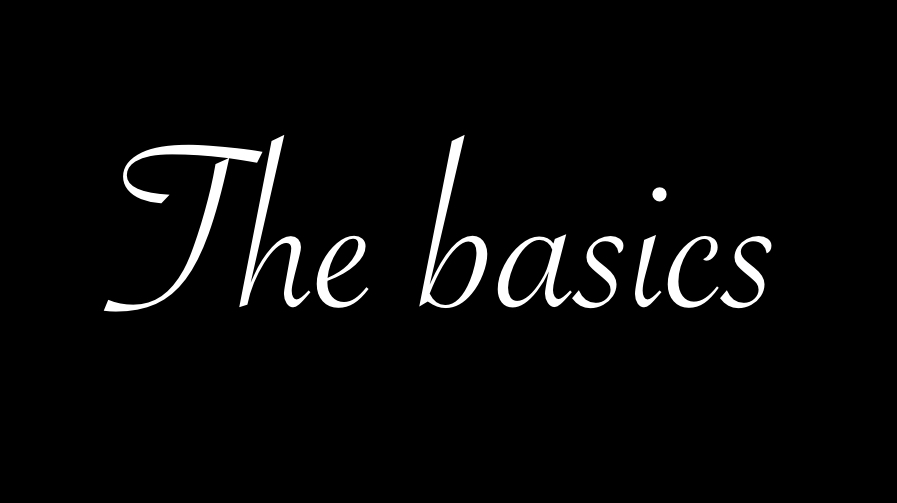
Copyright C.J. Lindsay 2020
The trick to making sure that your creative piece is meaningful and impactful is to make sure that it is about something that matters, and while every story needs a plot it is not the actions of your characters that achieve this, it is the ideas that these actions represent, and ideas are abstract nouns.
The simplest way to define an abstract noun is to say that it is the name of something that you cannot touch, cut, weigh or measure. Every emotion is an abstract noun, so are human values such as equality or legal concepts such as justice. The list goes on and on.
As an example of their importance abstract nouns can be found in the meaning behind pretty much every children’s story. The boy who cried wolf is about honesty and trust, and the consequences of abusing these things. The three little pigs is filled with activity, there is lots of building, but the story is not about the relative merits of different building materials, it is about the laziness of the pig who built out of straw and the generosity and compassion of the pig who provided shelter in the house he built out of bricks. Put simply, the abstract noun is the deeper meaning conveyed in your writing.
Before you begin your piece you must have decided on the underlying message you want to convey, then you have to make sure that you show rather than tell the reader the meaning. The trick is to never use your chosen abstract noun or any of its synonyms, by doing this you will essentially trap yourself into finding other ways to express the meaning, forcing yourself to use similes, metaphors, dialogue and all of the other elements of creative writing.
This is a piece of my own writing that I think exemplifies my point.
A seed cast on stony ground
He was the first to reach for me; I took his hand and soared towards peaks so high that I never would have believed existed. I expected my own space at the top, next to him, but he was determined to keep the peak for himself. With a swipe of the back of his hand he started an avalanche that cut me, broke me, smothered me, crushed me.
On the train people would try not to stare, but I knew they knew. From beneath rock bottom I could hear them saying to each other, “What an arsehole”, “She doesn’t have to put up with this”, “She needs help”. They would nod to each other, grimace and get on with their own lives.
From beneath rock bottom I was dimly aware of the seasons. I heard children playing in the sun and I saw the blue sky, but I wore long sleeves all year round, and hid behind dark glasses, even when there weren’t any bruises.
At length I realised the avalanche had torn my hand from his grip, and beneath rock bottom I began to put down roots, gathering the earth around me. Breaking through I didn’t soar, but I grew, stretching slowly, ever so slowly, in all directions, but mostly up and up. One day I’ll reach higher than the peak he denied me, and holding the gentle hand of my child we will share the view. Buy OEM software cheap
The idea I was going for was strength/resilience. The damage that comes from the avalanche, a metaphor for the domestic violence she suffered, expressed in terms of increasingly severe injury from ‘cut’ to ‘crushed’ is followed by her hiding bruises behind sunglasses. However, the story ends literally with growth, with her ‘breaking through’ the rock and the repetition of ‘up’ indicating her willingness to rebuild. Overall, I think I’ve managed to convey the ideas I had intended, and this is one of the criteria you can use to determine whether or not YOU like your own piece.
Of course, the reader may not recognise the exact abstract noun you were going for, which is perfectly fine. It is possible to see ‘hope’ as the point of my story, but being hopeful in the midst of terrible suffering and then acting upon that hope to improve your life is a form of strength/resilience, so it is close enough. But if my plan for this piece was to explore ‘honesty’ then I have failed completely because the story doesn’t deal with it at all.
Essentially, the goal is to write something that matters otherwise your piece is just a string of events devoid of significance, and so that you can evaluate the success of your own writing it is best to decide on this meaning before you start writing.

Copyright C. Lindsay 2020.
Where do get ideas on what to write? From anything you've read, heard, watched, observed...basically anywhere. The idea is to 'steal and change'. West Side Story is an appropriation (ahem, rip off) of Romeo and Juliet and Ten Things I Hate About You is Taming of the Shrew. If other people can steal and change then so can you, the important thing is what you you do with the idea you have found worthy of stealing. I should point out that this is NOT plagiarism as long as you don't copy the original idea completely. If you 'steal and CHANGE' then you get to call it 'inspiration'!
The piece is a combination of two songs, Landslide by Fleetwood Mac and The Rose by Bette Midler.
Landslide begins with the verse “I took his love…I climbed a mountain and I turned around…till the landslide brought me down’. The chorus of the song states ‘I’ve been afraid of changing coz I’ve built my life around you’. I hope you can see this influence in the first half of the story. The Rose refers to love as a river that drowns and a razor that cuts, but also as the a seed that grows into a flower. I hope you can see how this imagery has been used in the end of this piece.
A Seed Cast on Stony Ground
He was the first to reach for me; I took his hand and soared towards peaks so high that I never would have believed existed. I expected my own space at the top, next to him, but he was determined to keep the peak for himself. With a swipe of the back of his hand he started an avalanche that cut me, broke me, smothered me, crushed me.
On the train people would try not to stare, but I knew they knew. From beneath rock bottom I could hear them saying to each other, “What an arsehole”, “She doesn’t have to put up with this”, “She needs help”. They would nod to each other, grimace and get on with their own lives.
From beneath rock bottom I was dimly aware of the seasons. I heard children playing in the sun and I saw the blue sky, but I wore long sleeves all year round, and hid behind dark glasses, even when there weren’t any bruises.
At length I realised the avalanche had torn my hand from his grip, and beneath rock bottom I began to put down roots, gathering the earth around me. Breaking through I didn’t soar, but I grew, stretching slowly, ever so slowly, in all directions, but mostly up and up. One day I’ll reach higher than the peak he denied me, and holding the gentle hand of my child we will share the view.
What makes this work as an 'original' text is that it has been taken from TWO sources, making it much less likely that anybody would ever be able to identify the original/inspirational text. But more importantly, it has been 'moved' to a new context, which is what I mean by 'change'; neither of these songs are specifically about domestic violence, but their imagery works perfectly with this idea. What makes this change possible is that the two texts I was inspired by are rich in techniques. As I will explain below.
What to look for in an 'inspirational text'?
- A strong character/persona: In Landslide the persona built her life around a man until a 'landslide' brought her down. Clearly the relationship did not go well. This is a plot that could be the basis of a story because we feel like we know this person, and if you know them you can write about them. In The Rose the persona has had a terrible experience of love which is reflected in the metaphor 'love is a razor that leaves your soul to bleed', this is a feeling that you can give to the persona in your story. Just change the language like this: 'Your love was a knife that cut me to the soul' and you have created an 'original' piece.
- A lot of techniques: Both these songs have lots of metaphors and imagery. It is impossible to apply 'steal and change' to a soppy 1950s 'I love you, your eyes are blue' love song. While there is a persona and a feeling in it the song itself is not rich enough in language to be of any use to you. (This becomes tremendously important when you have to write a reflection on your creative piece explaining your authorial choices. By applying 'steal and change' you have made plenty of choices that will be useful in your reflection.)
All of this is why it is so important to read and watch CRITICALLY. Always be on the lookout for interesting characters/personas in language rich texts that you can be inspired by. Not only will this help you with your writing, but it will make you a better and more engaged reader/viewer as well.
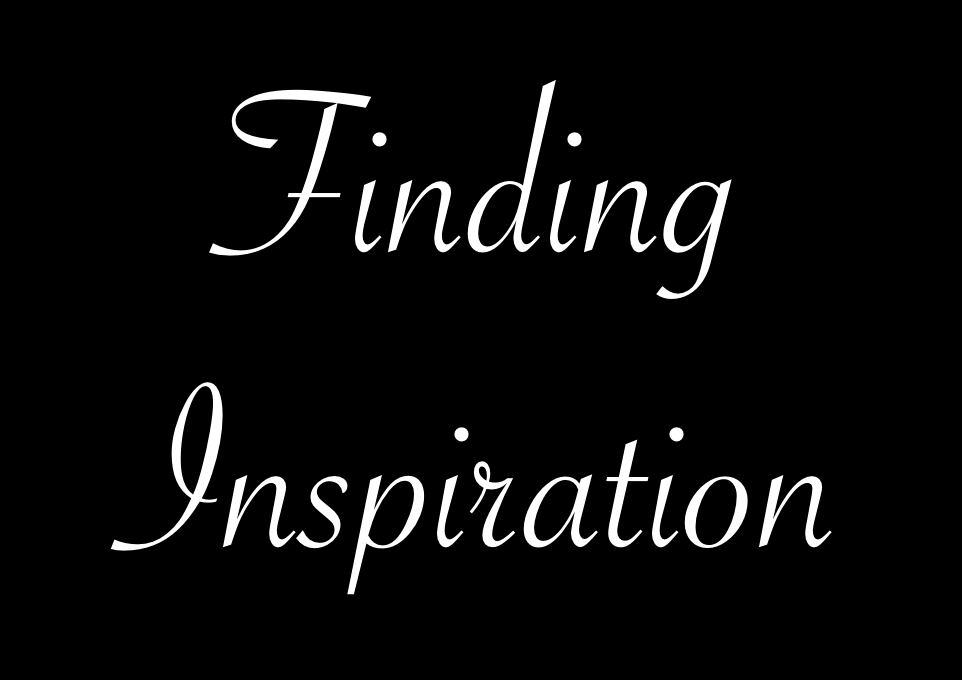
Copyright C. Lindsay 2020
Getting started is the hardest part of writing. Many times I’ve typed out a sentence and then deleted it because if it isn’t grabbing my own attention then it is certainly not going to engage a reader. After many years of angst I realised the problem wasn’t so much in the sentence it was in my own expectations; I was trying to achieve the impossible by getting it right the first time.
Robert Graves reportedly said, ‘there’s no such thing as good writing, only good rewriting’, and he’s right. The second draft is always better than the first, and the fourth is better than the second. Expecting any part of your piece to be spot on right from the start is unrealistic. But you’ve got to start somewhere, right? So, let’s boil it down. In its simplest form a narrative is just a character in a place experiencing thoughts and emotions through interacting with their surroundings. Turning this into words is difficult, but it can be helpful to combine the elements of character, feeling and setting to start getting some ink on the page.
- Making the connection between character and motivation:
There are four basic ways you can explore a character’s motivation. He/she is:
- Going towards something positive (e.g. Getting married)
- Going towards something negative (e.g. Going to war)
- Going away from something positive (e.g. Leaving family to go on a long journey)
- Going away from something negative (e.g. Leaving prison)
Deciding on this before you write will set the tone for your entire piece, the opening included. A character going towards something positive in life will be joyous, and this should be reflected in the language you use. Conversely, a character going towards something negative could feel anything from mild anxiety to outright terror. Going away from something positive could lead to a feeling of regret, whereas relief is more applicable to going away from something negative. Of course there are endless possibilities. Once you know what your character is feeling it will be easier to present him/her in words on a page.
- Putting the feeling in motion
Once you’ve got a motivation in mind you can put the character in a place and have them moving in relation to their positive or negative – then draw a simile or metaphor out of the method of transportation. This is easier than it first appears. Every form of transportation has a sound, moves at a particular speed or has a shape, and all of these things can be compared with something else either as a simile or metaphor, or even just a simple straightforward comparison.
Here are some examples using the wedding, war, journey, and prison ideas I introduced above. I have provided a sample sentence and an explanation of the techniques that I used. Note that the explanatory sentence is a good example of the kind of thing you need to write in your reflection of MOD C response.
Wedding:
‘The clipity-clop of the four white horses in front of the carriage was still not as fast as her heart, which throbbed under the lace of her wedding gown.’
Here the words ‘carriage’ and ‘wedding dress’ are enough to set the scene. More importantly, the sound of the horses’ hooves described as being slower than the bride’s heart creates hyperbole that conveys the joy of approaching something so positive.
Going to war:
‘The landing craft cut through the waves like a bullet before stabbing itself into the Normandy coast; as German bullets felled the men on either side of him Tom’s face went as white as the sand.’
Here the words ‘landing craft’, ‘Normandy coast’ and ‘German bullets’ are enough to set world war II as the context. The movement of the landing craft is described in simile as a ‘bullet’ and the language of violence is continued in ‘stabbing’. This imagery of violence makes Tom’s terror understandable and accessible to the audience as he is thrust into this horrible experience.
Going on a long journey:
The wings of the plane spread out over the tarmac like those of an enormous predatory bird, and Sarah was quickly swallowed as she boarded. Fastening her seatbelt, she looked out the window and let her eyes rest on the world she was leaving behind. ‘This is not the end’ she told herself unconvincingly, ‘this is a beginning’.
Here the words ‘plane’ and ‘tarmac’ set the scene as an airport. The simile is simple, matching the wings of a plane with the wings of a bird, but making it a ‘predatory’ bird and extending the metaphor with the word ‘swallowed’ hints at Sarah’s anxiety regarding the journey she is taking.
Getting out of Prison:
‘The words “Department of Corrections” was written on the side of the bus, but to Andy it was a rocket blasting him onto the surface of an alien world where skirts were shorter, haircuts were more expensive and cars were everywhere – he was ready to explore.’
The bus becomes a rocket to another planet, which helps to convey how strange the outside world is to a prisoner who hasn’t seen it for decades. The metaphor is extended by describing Andy as an explorer.
This method gets you off and running with both plot and characterisation, and it puts you immediately in the mindset of ‘getting literary’ by using similes and metaphors. It might be the sentence you keep, but as your piece evolves through various drafts you might come up with something else. Regardless, the most important thing is that the page is no longer blank.
